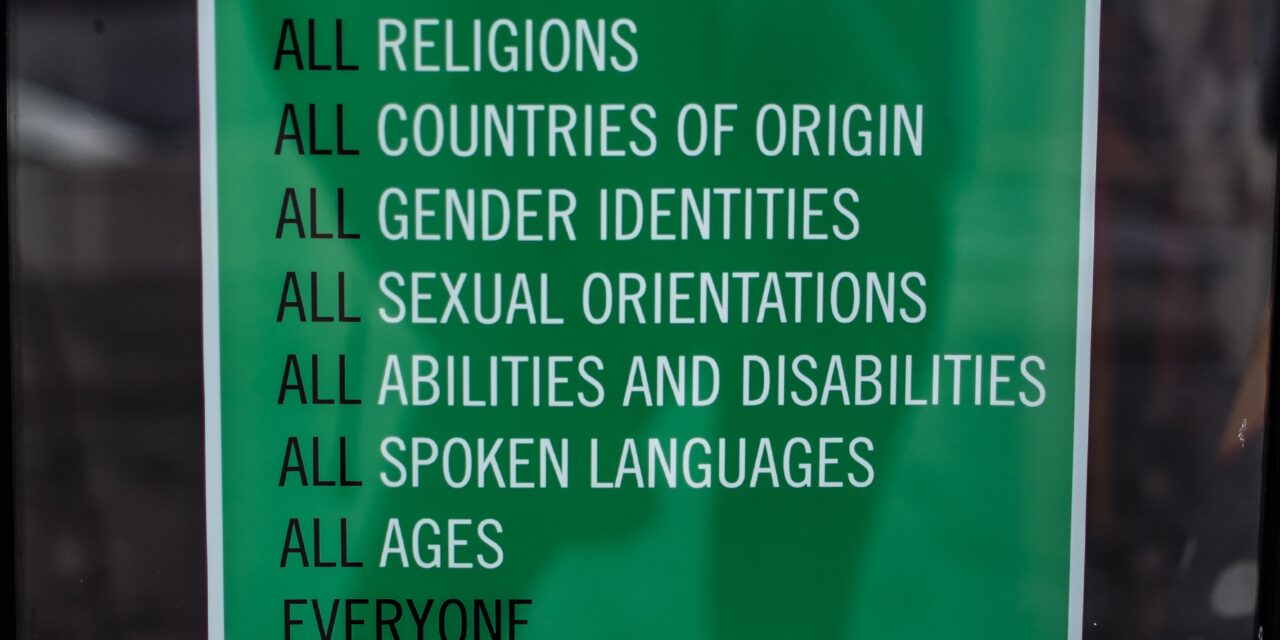Gender bias in the workplace is an ongoing issue that affects the professional development of countless individuals. This type of bias is typically seen in the form of stereotypes and gender roles that create a hostile environment for some individuals and limit their potential to succeed in their chosen field. While it is impossible to completely eliminate gender bias from the workplace, there are steps that can be taken to reduce its prevalence.
Gender bias can take many forms, from subtle nuances in language to more overt acts of discrimination. In the workplace, gender bias can manifest in the form of unequal pay between men and women, the allocation of more challenging tasks to male employees, and the preferential treatment of male employees in decision-making processes. This type of bias can also manifest itself in the form of sexual harassment, which is an all-too-common problem in many workplaces.
Fortunately, there are steps that employers and employees can take to combat gender bias in the workplace. One of the most important steps is to create a safe and inclusive environment where everyone is treated with respect. This can be achieved by implementing a zero-tolerance policy for any form of discrimination or harassment. Employers should also ensure that their recruitment and hiring processes are free from gender bias and promote a culture of diversity and inclusion. It is also important for employers to make sure that all employees are given equal opportunities for career advancement and training.
Employees can also take steps to combat gender bias in the workplace. It is important to recognize and address any signs of gender bias, such as unequal pay or preferential treatment, and to speak up when it occurs. Employees should also strive to challenge any gender stereotypes that exist in the workplace and to ensure that their workplace is a safe and inclusive environment for everyone.
Finally, employers and employees alike should take the time to educate themselves about gender bias and its effects on the workplace. Resources such as books, articles, and online courses can provide valuable insight into the topic and can help to create a more informed and equitable workplace.
Overall, gender bias in the workplace is a serious issue that can have a detrimental effect on the professional development of individuals. Fortunately, there are steps that can be taken to reduce its prevalence and create a workplace that is free from discrimination and harassment. By implementing a zero-tolerance policy, promoting diversity and inclusion, and educating themselves about the issue, employers and employees alike can help to create a safe and equitable workplace.










